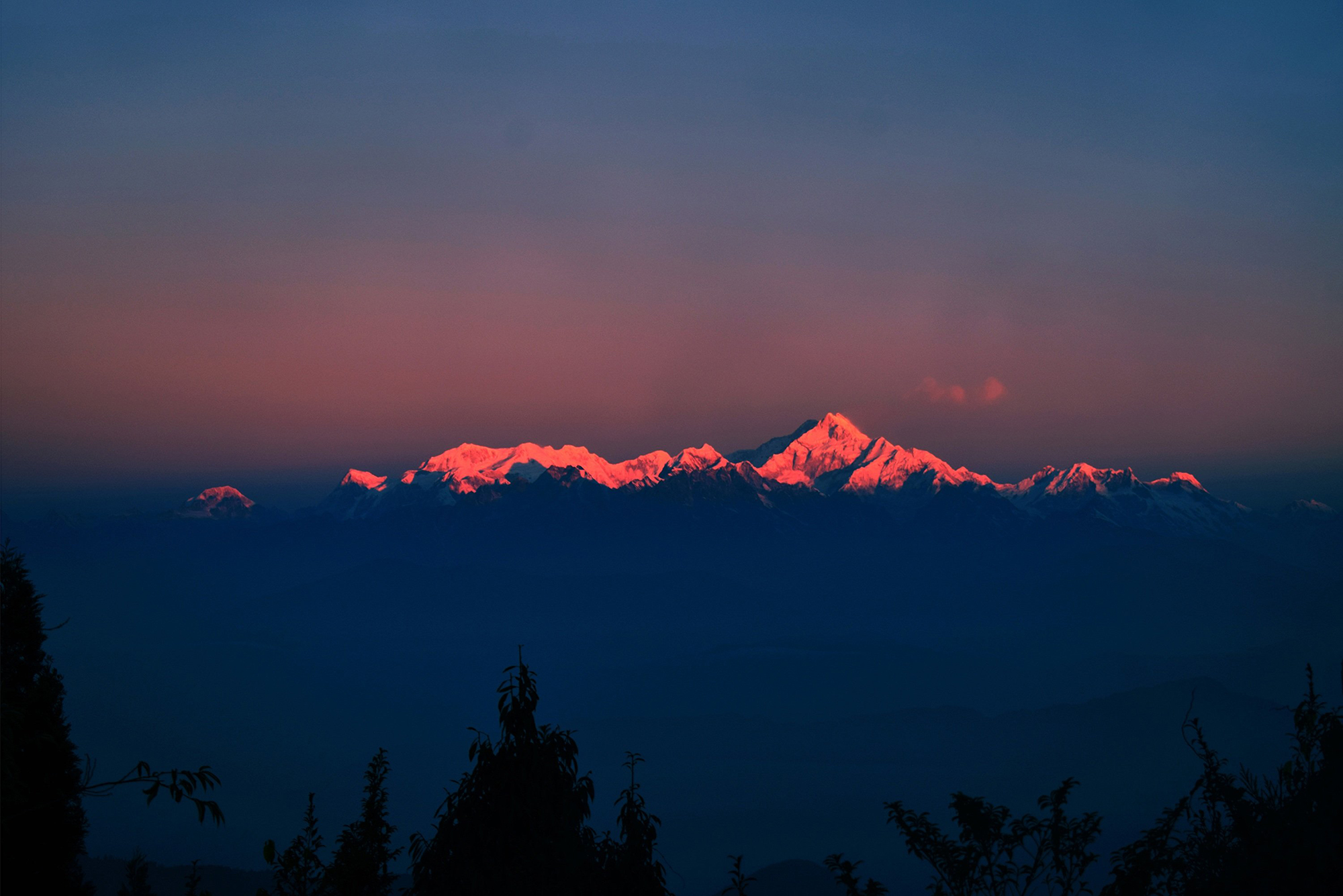Trishuli River Rafting: A Thrilling Aquatic Odyssey
Embark on an exhilarating aquatic adventure with Trishuli River Rafting, a journey that combines the adrenaline rush of white-water rafting with the scenic beauty of the Trishuli River’s landscapes. Flowing from the Himalayas through the Middle Hills, the Trishuli offers an accessible and exciting rafting experience for both beginners and seasoned enthusiasts.
The adventure kicks off with a scenic drive from Kathmandu or Pokhara to the put-in point, typically Charaudi or Fishling. After a comprehensive safety briefing by experienced rafting guides, participants board inflatable rafts and navigate the swirling rapids of the Trishuli. The river’s varying grades provide an exciting mix of gentle stretches and thrilling white-water sections, ensuring an adventure suitable for a wide range of skill levels.
As the rafts traverse the rapids, framed by lush hills and terraced landscapes, rafters are treated to breathtaking views of the surrounding countryside. The Trishuli River also weaves through narrow gorges and past traditional riverside villages, offering glimpses into local life along the way.
Campsites along the riverbanks provide a tranquil setting for relaxation and camaraderie. Here, participants can savor delicious meals prepared by the river guides, recount the day’s adventures, and enjoy the warmth of a riverside bonfire under the starry night sky.
Trishuli River Rafting is not only an adrenaline-pumping experience but also an opportunity to connect with nature and appreciate the diverse landscapes of Nepal. The trip typically concludes at Kuringhat or Simaltal, where participants can either continue their journey or return to Kathmandu or Pokhara.
Whether seeking a day trip or a multi-day rafting expedition, Trishuli River Rafting promises an unforgettable blend of excitement, natural beauty, and the camaraderie that comes with navigating the thrilling waters of one of Nepal’s most popular rafting destinations.









